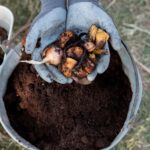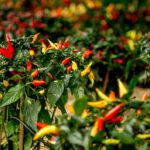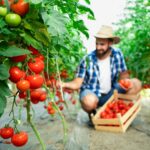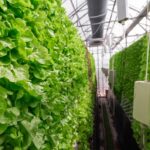Stellenbosch, one of South Africa’s most renowned wine regions, boasts a long-standing tradition of producing world-class wines. The region’s unique terroir, Mediterranean climate, and diverse grape varieties make it a prime destination for viticulture. For wine producers and enthusiasts alike, understanding the wine grape harvesting calendar in Stellenbosch is essential for planning, visiting, and optimizing production.
The grape harvest in Stellenbosch typically takes place between late January and early April, depending on grape variety, vineyard location, and annual weather patterns. The season begins with early-ripening white grapes and ends with late-harvesting red varieties. Winemakers monitor sugar levels (measured as °Brix), acidity, and tannin development to determine the perfect moment to harvest each cultivar.
January marks the beginning of the harvest season with early white varieties such as Chardonnay, Sauvignon Blanc, and Chenin Blanc. These grapes are usually picked first to preserve their natural acidity and crisp flavors, especially for wines that are made in a fresh, fruit-forward style. Cooler sites on higher slopes may see slightly later picking times to allow full flavor development.
February is a peak harvest month in Stellenbosch. During this time, both white and early red varieties are picked. White grapes like Semillon and Viognier may still be coming in, while early reds like Pinot Noir and Merlot begin to reach optimal ripeness. Timing is crucial in February, as warm days can cause rapid changes in sugar and acid levels, which directly influence wine quality.
By March, most red wine grapes are ready for harvest. This includes Cabernet Sauvignon, Shiraz (Syrah), Cabernet Franc, and Malbec. These varieties benefit from extended hang time to achieve balanced tannins and concentrated flavors. Red wine producers often pick in small batches, carefully selecting grapes at their peak to ensure consistent quality.
April is typically the tail end of the harvest season, focusing on the latest-ripening reds and any remaining blocks of Cabernet Sauvignon or Petit Verdot. In cooler years or specific sites, some grapes may hang on the vine longer to develop complexity, particularly for premium wine labels.
Weather plays a significant role in shaping the harvest calendar each year. Rainfall, temperature, and humidity affect grape ripening and disease pressure, prompting some variation in timing. In dry, warm seasons, the harvest may begin earlier and progress quickly. Conversely, cooler, wetter conditions can delay picking, extending the harvest season into mid-April.
For visitors planning a wine tour in Stellenbosch, February to March is the most vibrant time to experience the harvest. Many wineries host harvest festivals, grape stomping events, and special tastings during this period. It’s also the best time to see the winemaking process in action, as grapes arrive at cellars and fermentation begins.
In conclusion, the wine grape harvesting calendar in Stellenbosch stretches from late January to early April, with each grape variety having its own optimal picking window. Understanding this schedule helps producers plan logistics and ensures wine lovers can experience the excitement of harvest season. Whether you’re a grower, winemaker, or enthusiast, aligning with the Stellenbosch harvest rhythm offers a deeper appreciation for the art and science behind every bottle.
Join 'Farmers Mag' WhatsApp Channel
Get the latest Farming news and tips delivered straight to your WhatsApp
CLICK HERE TO JOIN






